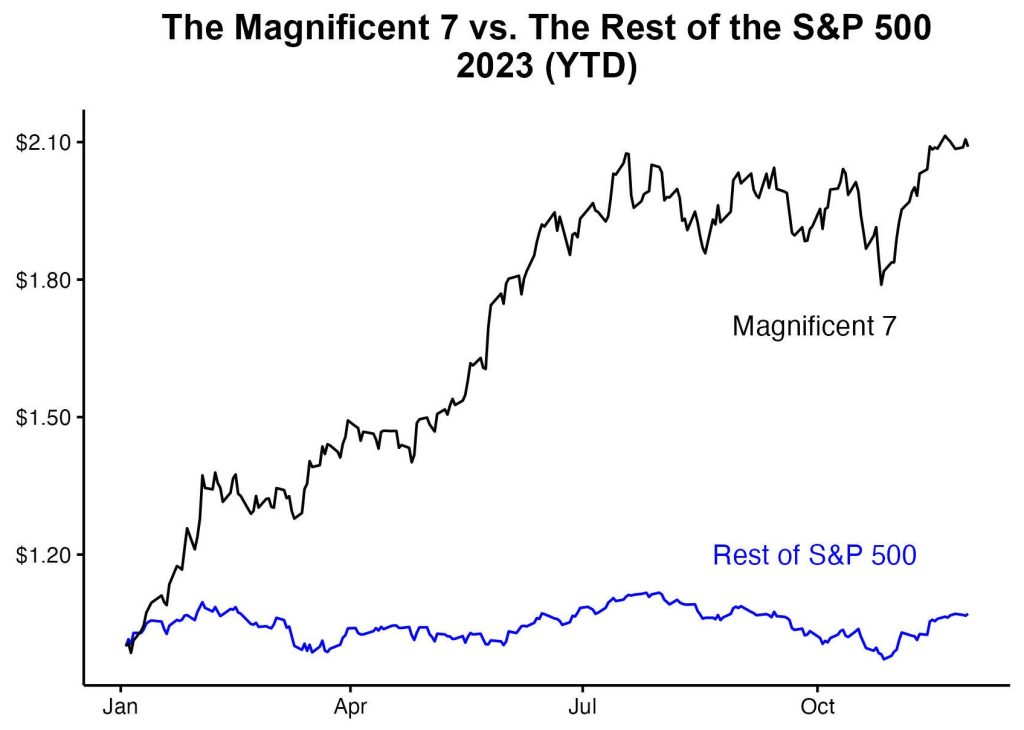Strategic diversification of your investments can be your first line of defence
The world of financial markets is a fascinating and ever-changing landscape. Much like the weather, the climate of these markets can shift rapidly. One moment, everything might be calm and sunny, with investors full of optimism and bullish about the future. Then, a storm may roll in the next moment, causing the same investors to scramble for cover and reassess their strategies.











